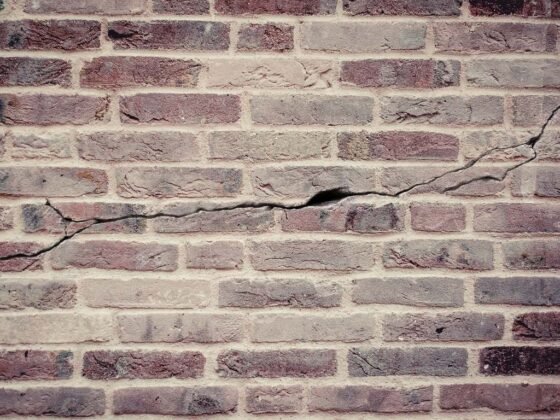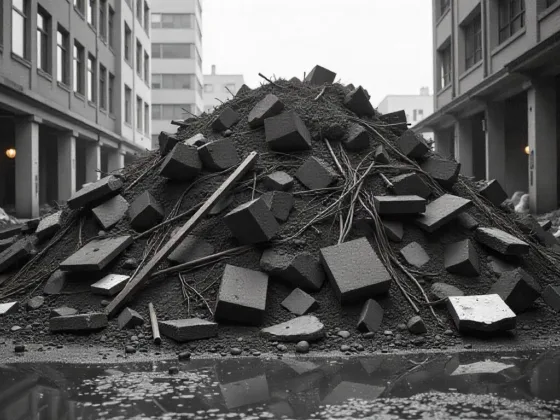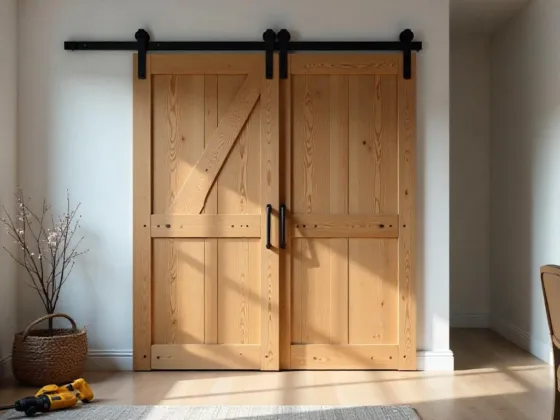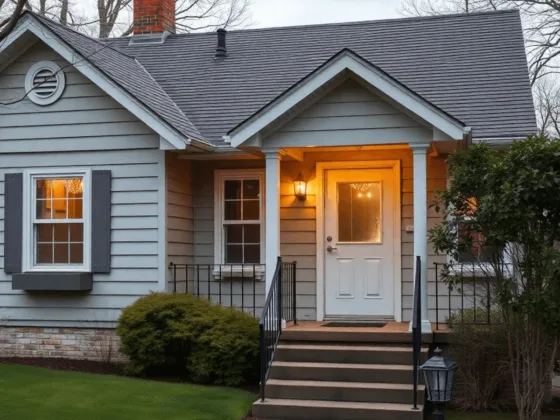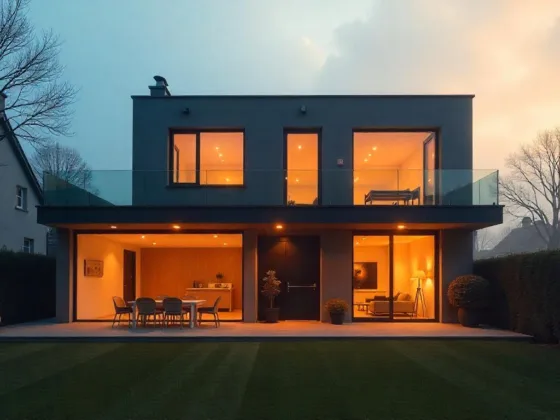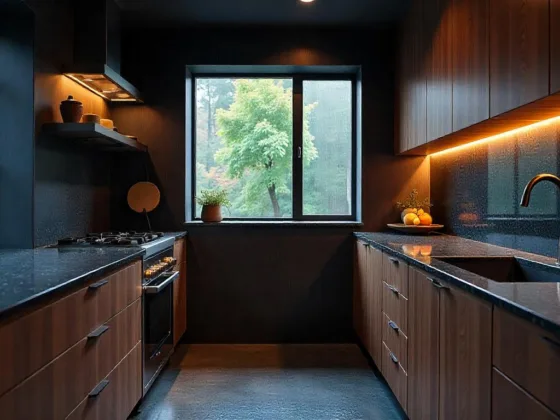Table of Contents Show
Those who live in tiny houses understand that life is different. The majority of people prefer tiny house living because it declutters and simplifies their lives.
Others choose the lifestyle because it is less expensive and allows them to move around more freely. Regardless of why you decided to move to a tiny house, chances are you made the right decision.
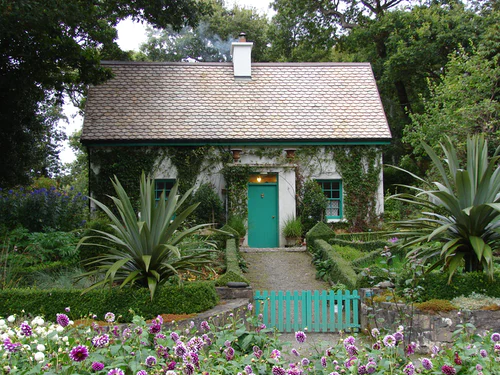
Tiny homes are more than just trendy right now. The popularity of tiny houses has led to an increase in amateur builders, which has raised concerns regarding safety among tiny house professionals.
It is important to be knowledgeable of correct safety standards before starting your tiny house venture.
Are Tiny Houses Safe?
Tiny houses come in a variety of styles. Traditional stick-built or modular homes built on permanent foundations are priced higher. A more common style is a home built on a mobile trailer with standard building materials.
You can also covert a shed or storage container into a tiny house by using the structure as the shell of the home.
A tiny house necessitates new ways of thinking. Even more important than where you will display all of your favorite books is the home’s ability to withstand changing weather conditions.
Another major concern is how to keep your home secure when it is small and light enough to fit on the back of a large trailer and be hauled away.
One of the most important aspects of successfully transitioning to tiny home living is thinking through possible issues and preparing for these difficult problems.
Things to consider in your tiny home include harsh weather preparations, home health considerations such as cooling, heating, and air quality, and digital safeguards for an automated home.
Read Also:
Harsh Weather Prep
A critical aspect of designing your tiny home is ensuring that it will withstand storms or winter and keep you warm. Check the harsh weather tests for each property, such as smoke detectors, plumbing, and heating systems, to ensure they are all in working order. This can help you prevent severe disasters that could mean the end of your tiny home life.
Then, narrow your focus to specific tiny home-related weather challenges. When planning your home, keep in mind the possibility of frozen pipes in the winter and take proper steps to make them easy to winterize if necessary.
Similarly, spend the extra money and time to ensure that your roofing and insulation are of high quality.
If your small house is on wheels, make sure to plan ahead of time for severe weather. Adverse weather can cause damage to your tiny home, especially if you’re on the road, because they’re smaller, lighter, and frequently awkwardly shaped on a trailer. Check that everything is properly tied and that you are prepared for whatever Mother Nature throws at you.
Home Health
These issues are less structural in nature but equally important for keeping you warm, happy, and healthy throughout the year. First and foremost, make sure you have the proper heating system for your tiny house.
A fireplace mantel, for example, is a small system that can be easily installed out of the way and could be the right move for your tiny home.
Other options may be more or less useful depending on where you live. Some tiny homeowners, for
example, adore the heat produced by a pellet or wood stove. These have the added benefit of being environmentally friendly and providing an alternative cooking space. Others prefer propane heater systems because they are less expensive and easier to manage in many ways.
Tiny homeowners may also have to deal with humidity in their cramped quarters. Mold growth can be exacerbated by constant humidity issues, which have been identified as a problem with tiny houses due to their small spaces.
With the right precautions, such as a dehumidifier and regular mold checks, humidity and mold can be easily dealt with in a small home.
Home Automation Security
Security is a major concern for many tiny homeowners; after all, the home is small, making it an easy target for theft. Some of the most effective prevention mechanisms for tiny homes are similar to those for larger houses—security systems.
With such a small space to manage, purchasing a quality security system that covers the entire house will most likely be much more affordable and require less equipment.
Many people are now turning to smart devices to help them manage their homes and secure them.
In many ways, an automated tiny home can make life easier because you can install devices that allow you to control your home’s temperature, the lighting, the security system, and many other aspects directly from your phone.
It is important to note that any smart device is vulnerable to hacking and should be used with caution.
It is important to ensure that your internet and wifi are secure within your tiny home, just like it is in any other home, especially if it is linked to any automation system.
Protecting your internet with a strong password can help you avoid social engineering attacks, which can lead to a variety of personal and financial issues in the future.
Safety Tips for Your Tiny Home
There are many ways to protect your tiny home, including:
1. Prepare an Evacuation Plan
Many people believe that there is no safer place on Earth than our home, but we know that is not the case. Create a series of evacuation plans for various types of emergencies. Drills should be done frequently enough for your family to be able to do them on autopilot.
2. Automate Your Tiny Home
Want to beef up your home security? You can install automatic switches that respond to a variety of stimuli. When a breaker detects an overload, it immediately turns off the power.
At the first sign of a leak, an automatic propane alarm can shut off valves. Having these systems in place can help you worry less and enjoy your family time more.
3. When In Doubt, Seek Professional Help
The DIY appeal of tiny homes contributes to their allure. Everything you want to do can be looked up and built from the ground up. That is not to say that professional assistance isn’t beneficial.
When it comes to home aspects you’ve never dealt with before, such as wiring your home, plumbing, insulation, or the frame of your tiny house, you should actively seek professional advice.
When you follow building guidelines, you can be more confident that your home is built to last. This ensures you stay up to building codes.
4. Park According to Season
Natural disasters can be difficult to navigate, but they are not entirely unavoidable. Keep an eye on the local news for storms, wildfires, and tornado warnings. You can even plan ahead of time where you’ll park by researching when natural disasters are likely to occur in one state.
5. Find an Insurance Policy
This can be difficult to obtain if you are not licensed in the RV sector. Even if you have an RV license, most RV providers will not entertain you unless you have an RVIA license.
You can only obtain this by becoming a certified RVIA builder, then building your tiny house, or having your home built by an RVIA-certified builder.
In any other case, your best option may be to find tiny house insurance options that are specialized to your needs.
In most cases, you are required to obtain two separate policies: one for when you are parked and another for when you are driving on the road. It’s essential to protect your tiny home just as much as you would a regular home.
Enjoy Tiny Home Life
A home is where you feel safe, but safety begins with taking precautions. In reality, many of the negative and dangerous associations with tiny houses are centered on their main feature—the small size.
Many people underestimate what a tiny house is capable of solely because of its smaller size, but you can enjoy life in your tiny home peacefully with the right planning.
